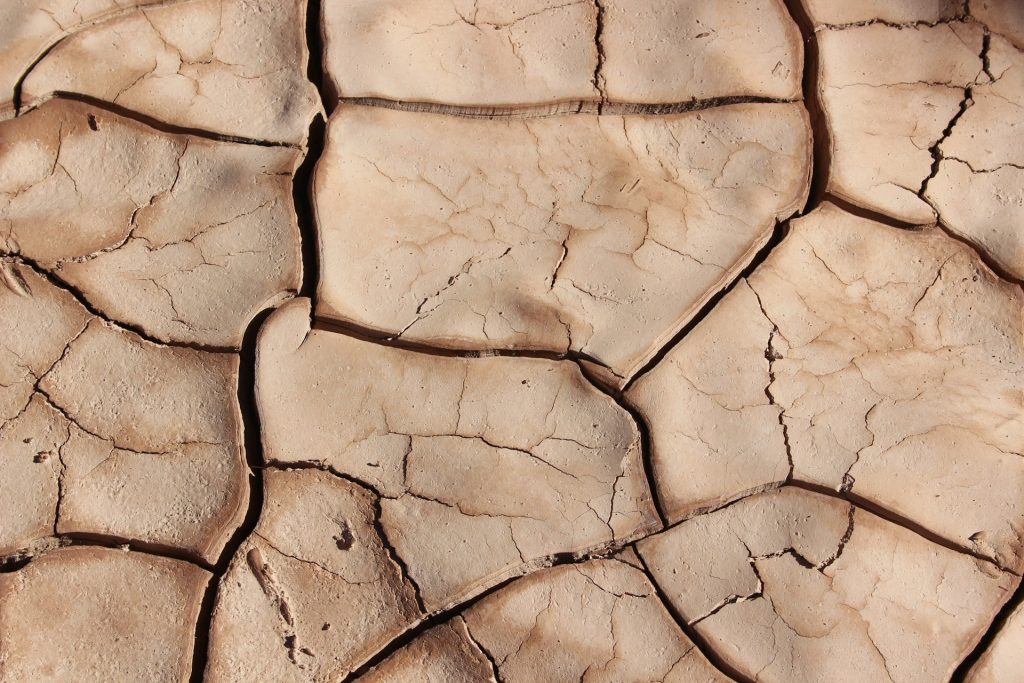Earth’s Fiery Core
The interior of the Earth is a dense core of the planet made with a molten outer core, a thin crust, and the mantle of the planet. The present study has discussed the interior of the Earth and its significance on the stability of the planet. Further, the study has presented the structure of the Earth’s interior in a detailed manner. Additionally, the study has further analyzed the importance of Earth’s interior and the main reason behind the hot temperature of Earth’s interior. On a similar note, the study has further discussed the key components that form Earth’s interior and help in holding lives within the plant.

Diagram of Earth’s Interior
The diagram of the Earth’s interior is divided into two significant parts that are the Outer core and the Inner core of the planet. The core of the Earth is composed of liquid on the outward side and solid on the inner side. Minerals like nickel and iron are predominant in the interior of the Earth. The crust of the Earth is divided into two significant parts that are the Continental crust and the Oceanic crust. The diagram of the Earth’s interior maintains the major components of the Earth’s major level like the crust, the inner core, the mantle, and the outer core.
The Structure of Earth’s Interior
The structure of Earth’s interior is divided into three major components that form the structure of the Earth’s interior. The main structure is divided into the Mantle, the Crust, and the Core. The crust is the uppermost part of the Earth with the thinnest layer of 5km to 10km on average. The average depth of the core is 30km with a thickness of 40km in the outer and inner crust of the Earth’s interior. Further, the mantle owns 86% of the total volume of Earth along with an average thickness of 2900km. Finally, the core of the Earth is the innermost part of the planet where it is divided between the inner and the outer core of the planet.

Importance of Earth’s Interior
The interior of the Earth is responsible for maintaining the stability of lives on the planet by impacting them on Earth’s surface. Further, detailed knowledge of Earth’s interior can be effective in terms of understanding the Seismic waves successfully which eventually can allow geologists to learn about earthquakes and natural calamities beforehand.
So Why is Earth’s Interior Hot?
According to scientists, the average temperature of Earth’s interior is generally 5,000 degrees Celsius which makes it the hottest thing on the planet. The key reason behind the hot temperature can be categorized between two potential factors that generate heat within the planet. First, the planet forms heat and energy on its own which eventually contributes to the way the temperature stays within the planet’s interior. On the other hand, the abundance of radioactive elements is also a major reason behind the hot temperature of the Earth’s interior.
Components of Earth’s Interior
The interior of the Earth is divided between different layers that maintain the stability of the plant from its core to its crust. The key components of Earth’s interior are categorized into layers as follows:
- Crust
- Core
- Mantle
- Asthenosphere
- Lithosphere
- Mesosphere
- Inner core
- Outer core

As we conclude our journey into the depths of Earth’s interior, we reflect on its vital role in sustaining life on our planet. From predicting earthquakes to understanding geological phenomena, the interior of the Earth remains a fascinating realm that needs further exploration.





